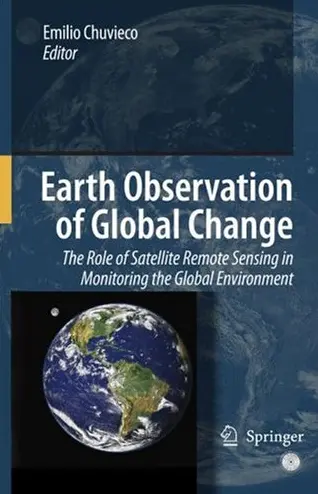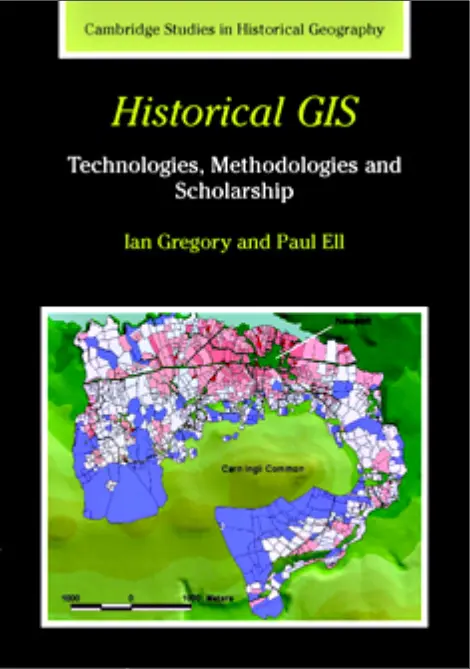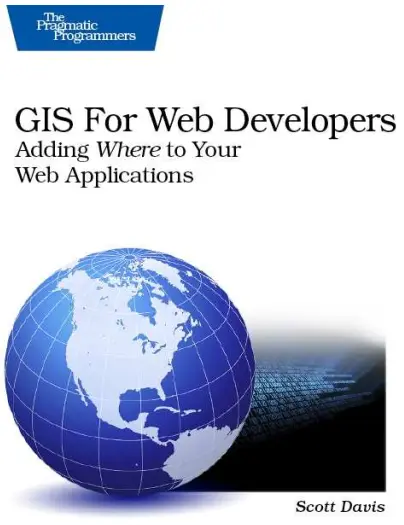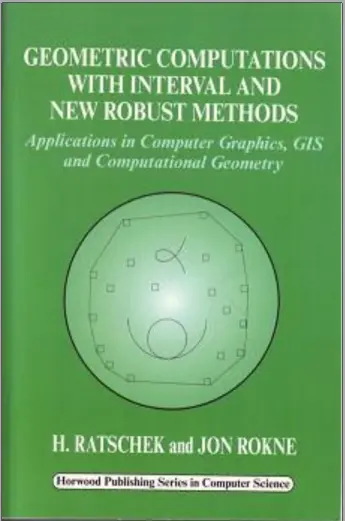HISTORICAL GIS : Technologies, Methodologies and Scholarship
🕰️ Historical GIS: Bridging Geography and History Through Technology
“Historical GIS: Technologies, Methodologies and Scholarship” is a groundbreaking book that explores how Geographic Information Systems (GIS) can be used to analyze, visualize, and interpret historical data. This pioneering work brings together scholars from multiple disciplines to show how digital mapping technologies are transforming the study of the past.
Combining spatial analysis, archival research, and digital humanities, this book delves into how GIS helps historians uncover patterns of human settlement, migration, trade routes, wars, and urban development across time. It introduces readers to techniques for georeferencing historical maps, reconstructing ancient landscapes, and integrating temporal data into spatial platforms.
Perfect for:
- 🏛️ Historians exploring spatial narratives of the past
- 🗺️ GIS analysts working on heritage and cultural mapping
- 📚 Students and researchers in digital humanities
- 💾 Archivists digitizing and mapping old records
This book also covers important methodological debates, such as dealing with uncertain or incomplete historical data, and how to present spatial history meaningfully. It's a must-have reference for anyone merging geography with historical scholarship.
Keywords: Historical GIS, Spatial History, Digital Humanities, Temporal GIS, Historical Mapping, Heritage GIS, Georeferencing Maps






comments
Leave a Reply
Your email address will not be published. Required fields are marked *